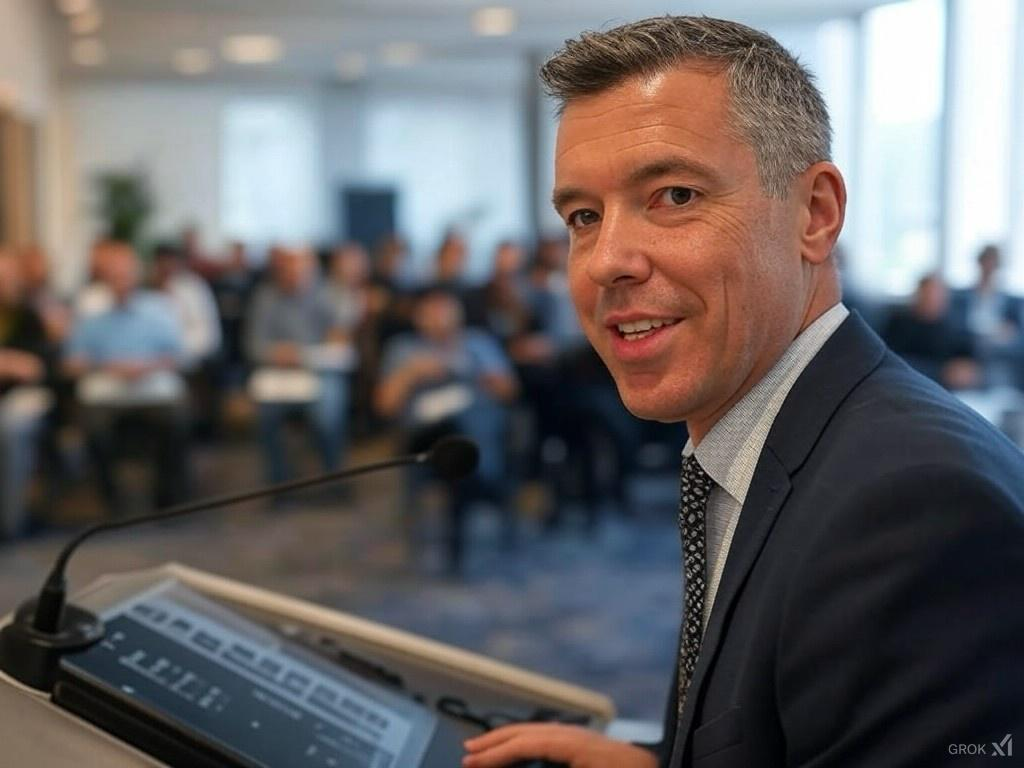The candidate market is constantly changing. Demographic change is leading to a change in the population. For small and medium-sized companies in particular, finding the right candidates is becoming a major time factor. One possible solution is therefore proactive recruitment, also known in specialist circles as active sourcing. The aim here is not just to wait until a candidate applies to a company on their own initiative, but to approach and speak to potential candidates independently. The focus is on a personal approach and building a relationship with the applicant. The following questions can be derived from this: What are the specific success factors of active sourcing? Where are the limits? And how should the active sourcing process be implemented? What phases does it consist of?
Active sourcing process
1st phase: Strategic planning
Which jobs or which types of jobs should be filled with the help of active sourcing? Is it rather individual vacancies? Or should a talent pool be built up in order to be able to plan better for the future? Investing in the proactive search for candidates makes particular sense for jobs that by their very nature have a low applicant response rate. These could be managers or specialised specialists, for example. Active sourcing also makes sense if your own employer brand is not established enough on the market and potential applicants enquire at other companies with a better presence. This is precisely when it is necessary to proactively influence the application process.
Phase 2: Preparing to make contact
After initial contact, potential applicants usually find out about the company on the internet themselves. It can be helpful to carry out a self-test and look at the first results of a Google search to see how your own company is positioned on the Internet. In concrete terms, this means: Does your own homepage provide sufficient information about the company, the actual position, potential colleagues or the relevant specialist area? How is this information presented? How is your own company rated and presented on employer portals such as kununu?
3rd phase: Independent candidate search
Probably the most exciting question is where to actually look for candidates. In principle, there are no limits to the creativity of companies. It is important to think in advance about the type of people you are looking for and the locations (offline and online) where these people can be found. On the other hand, reach is crucial in order to recruit efficiently despite actively approaching candidates and to obtain the widest possible selection of candidates. Some strategies for possible sources are listed below. In general, candidates can be found via various social media platforms or in CV databases. But don't forget the numerous blogs and forums in which specialists who are not registered in any business network are also active.
4th phase: Addressing the candidates
The primary aim of a successful approach is to personalise the message. The potential candidates, who have already been identified in the previous process, should get the feeling that the company has dealt with the respective profile/person. More precisely: deal with the candidate. What is the candidate's CV like? Are there any interesting skills that could be added to the approach and fit the company and/or the position sought? Otherwise, it is important that the message is structured in such a way that it can develop into a conversation with follow-up questions. It is therefore not absolutely necessary to refer to the vacancy on offer during the initial contact.
5th phase: After the address
It may happen that some candidates do not respond directly. This is fine and is part of the active sourcing process, not achieving a 100% response rate. It is advisable to wait a few days before sending a reminder again. If there is still no response from the applicant, then it can be concluded that there is negative interest. The response rate also depends on the level of activity on the respective platform - this should also be taken into account. If, on the other hand, a potential candidate expresses interest, this should be used immediately as a dialogue starter.

Active sourcing strategies and potential sources
As briefly described in the previous process, the platforms on which candidates are searched for are crucial. Some possible sourcing sources are briefly outlined below:
- Social media platforms have the advantage of reach as well as the advantage that the candidate publicly discloses information that you can in turn use to approach them. Active sourcing via social media platforms such as Facebook is not advisable, as messages can either be lost, give a dubious impression or simply be perceived as spam.
- Business platforms such as Xing or Linkedin are particularly recommended for searching for academics and managers. There are millions of users on both platforms who reveal a lot about their own CVs. However, these platforms are not suitable for finding skilled labour.
- Job portals with CV databases such as monster or Stepstone offer active sourcers a large database of user profiles. It can be assumed that the people to be approached are also looking for new challenges and are open to new offers.
- Specialised career services such as Experteer, which are similar in principle to CV databases, but specialise primarily in the placement of highly qualified employees and are therefore more suitable for key positions.
- Specialised forums and blogs, that deal with certain specialised topics or revolve around specific industries. Opinion leaders can be identified particularly well here and active sourcing can therefore be carried out at a very specialised level. For example, it is worth considering car tuning communities if you are looking for a new mechatronics expert who must have mandatory knowledge in X and Y for the job in question.
Internal database is of course only of real benefit if it has already been set up and is updated. All potential applicants who have been in contact with the company in the past can be entered here.
Success factors of active sourcing strategies
As soon as active sourcing is used in the company, the opportunities should become apparent relatively quickly. To be fair, it should be noted that the new, modern form also requires some practice. Otherwise, the main advantage for HR managers is that they can select candidates themselves based on current user profiles. Accordingly, candidates can be selected on the basis of skills and areas of interest. This information can not only be used in advance during the search, but can also be integrated in later phases of the application process, for example during the job interview. In addition, the entire process is more transparent for everyone involved. This means that the candidate can be addressed individually and questions and ambiguities can be answered in advance. Depending on the intensity of the implementation, it should also be possible to save costs that would otherwise be incurred by placing expensive job adverts. Not to be neglected, however, is the human resources required by the recruiter.
Active sourcing with indivHR
indivHR offers HR managers the opportunity to proactively search for candidates. Be it for current vacancies or to build up a candidate pipeline for the future. We support you with our team and over 15 years of experience in German-speaking countries. Customised and precise. Fast and efficient.
Please feel free to contact us!











